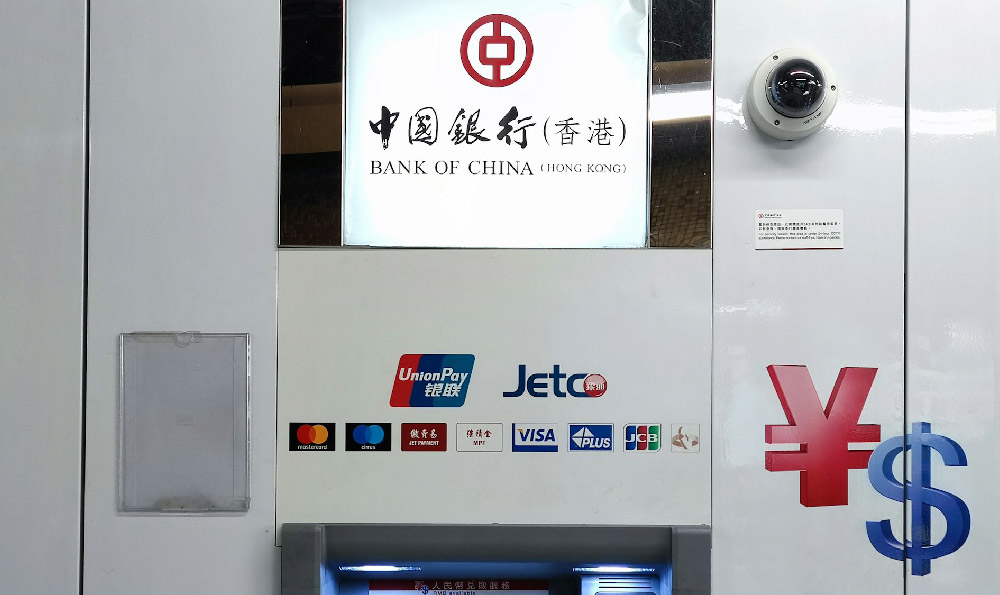
CoinPro Auto Trading: A Deep Dive into Automated Crypto Dreams
The allure of making money while you sleep, effortlessly accumulating wealth through automated systems, is a siren song that has captivated investors for centuries. In the volatile and often unpredictable world of cryptocurrency, this dream finds a particularly potent expression in platforms like CoinPro Auto Trading. But is this dream grounded in reality, or is it merely a sophisticated illusion? To answer this question honestly, we need to delve into the mechanics of automated crypto trading, analyze the potential benefits and risks, and separate hype from verifiable performance.
At its core, CoinPro Auto Trading, like other similar platforms, promises to execute trades on your behalf based on pre-defined parameters or algorithmic strategies. These strategies are often presented as proprietary and highly sophisticated, leveraging advanced technical analysis, machine learning, and artificial intelligence to identify profitable trading opportunities. The appeal is undeniable: eliminate emotional decision-making, capitalize on fleeting market movements, and potentially generate consistent returns without constant monitoring.

However, the promise of effortless profit must be tempered with a healthy dose of skepticism. The reality of automated crypto trading is often far more complex than the marketing materials suggest. Several key factors determine the success or failure of such systems.
Firstly, the underlying algorithm is paramount. The efficacy of any automated trading system hinges on the quality and sophistication of its algorithm. A poorly designed or inadequately tested algorithm can quickly drain your account, executing trades based on flawed logic or outdated data. It's crucial to understand the algorithm's core principles and how it reacts to different market conditions. Transparency is key here. Reputable platforms should provide clear explanations of their trading strategies and the data they use. Beware of "black box" systems that offer no insight into their inner workings. Vague promises of AI-driven profits without concrete details should raise red flags.
Secondly, market volatility poses a significant challenge. The cryptocurrency market is notorious for its extreme volatility, with prices often experiencing dramatic swings in short periods. An algorithm designed for stable market conditions may struggle to adapt to these sudden shifts, leading to significant losses. Robust risk management tools are essential, including stop-loss orders, take-profit levels, and position sizing controls. Users must understand how to configure these tools effectively to protect their capital. Furthermore, even the best algorithms are not foolproof. Unforeseen events, such as regulatory changes or unexpected market crashes, can disrupt even the most sophisticated trading strategies.
Thirdly, the backtesting results often presented by these platforms should be treated with caution. Backtesting involves testing the algorithm's performance on historical data. While backtesting can provide valuable insights into the algorithm's potential, it's important to remember that past performance is not necessarily indicative of future results. The cryptocurrency market is constantly evolving, and what worked in the past may not work in the future. Over-optimizing an algorithm based on historical data can lead to overfitting, where the algorithm performs exceptionally well on the backtesting data but fails to deliver similar results in live trading.
Fourthly, the platform's security measures are crucial. Cryptocurrency platforms are prime targets for hackers, and any vulnerability in the platform's security can put your funds at risk. Choose platforms with a proven track record of security and robust measures to protect user data and funds. Two-factor authentication, cold storage of funds, and regular security audits are essential.
Fifthly, the cost structure should be carefully considered. Many platforms charge fees based on trading volume or profits generated. These fees can eat into your profits, especially if the algorithm's performance is not consistent. Understand the fee structure thoroughly and factor it into your overall investment strategy. Some platforms may also charge subscription fees for access to their automated trading services.
Finally, and perhaps most importantly, CoinPro Auto Trading, or any similar platform, should not be seen as a "get rich quick" scheme. While it's possible to generate profits using automated trading systems, it requires careful planning, diligent monitoring, and a thorough understanding of the risks involved. Treat it as a supplementary investment tool, not a replacement for fundamental research and sound investment principles.
In conclusion, while the idea of earning passive income through automated crypto trading is undeniably appealing, the reality is often more nuanced. CoinPro Auto Trading, like any automated system, carries inherent risks that should be carefully considered. A successful implementation requires a deep understanding of the underlying algorithm, robust risk management strategies, and a realistic assessment of the platform's capabilities. The "sleep while you earn" narrative is often oversimplified and misleading. Active monitoring, continuous learning, and a willingness to adapt to changing market conditions are essential for navigating the complexities of automated crypto trading. Approach these platforms with cautious optimism, conduct thorough due diligence, and never invest more than you can afford to lose. The dream of effortless wealth may remain a dream, but with careful planning and realistic expectations, you can potentially harness the power of automation to enhance your crypto investment strategy.





